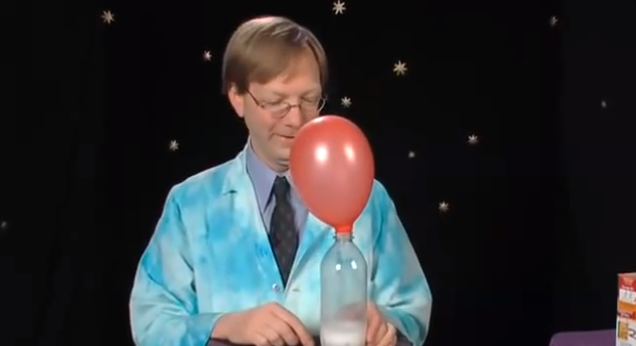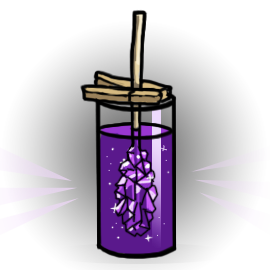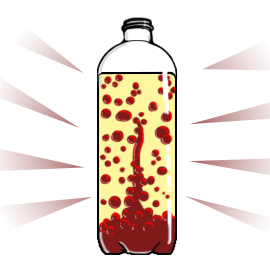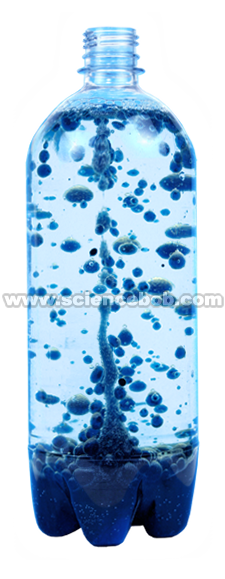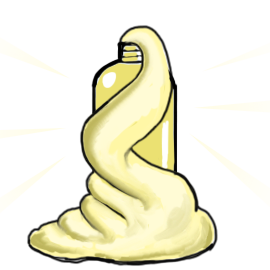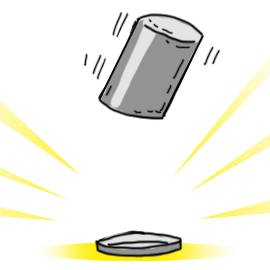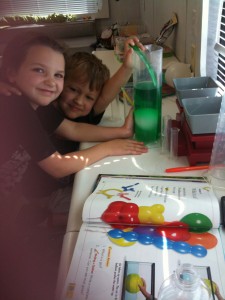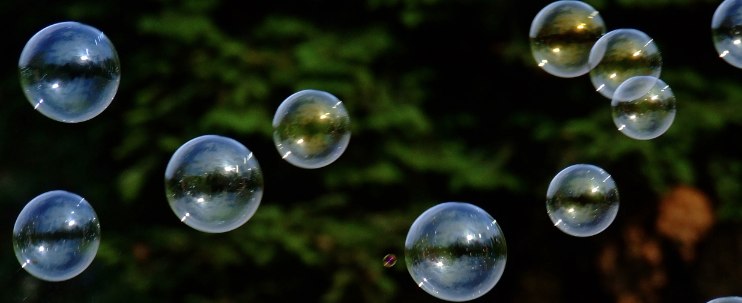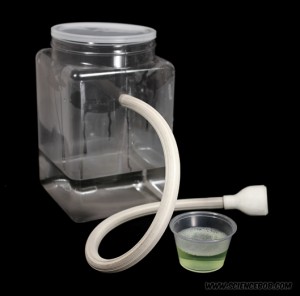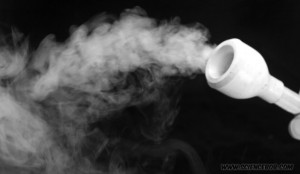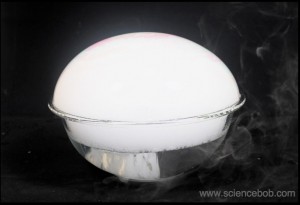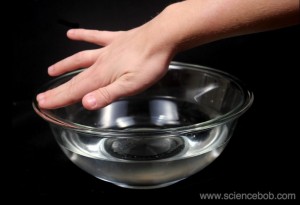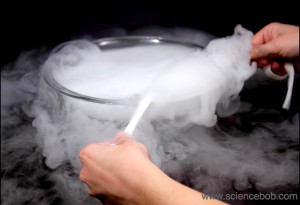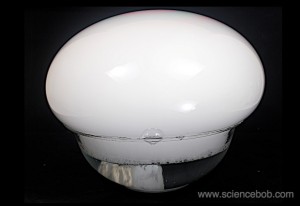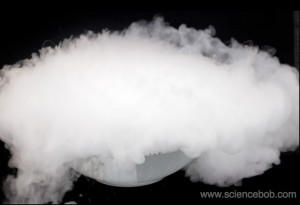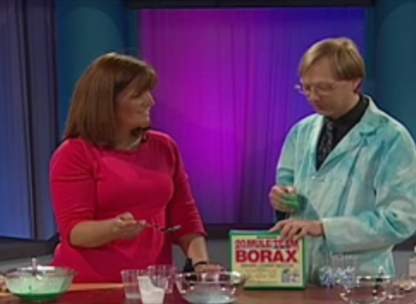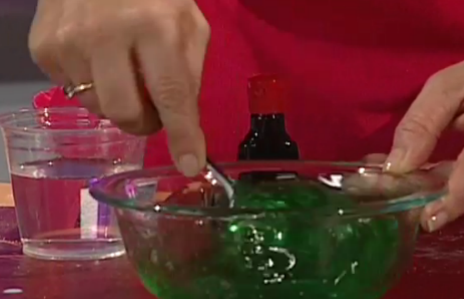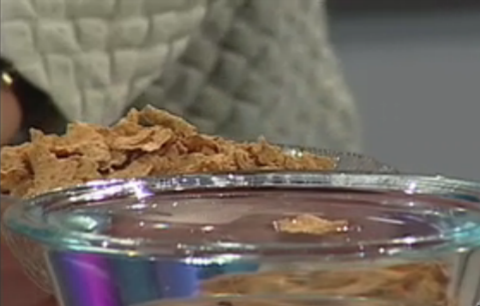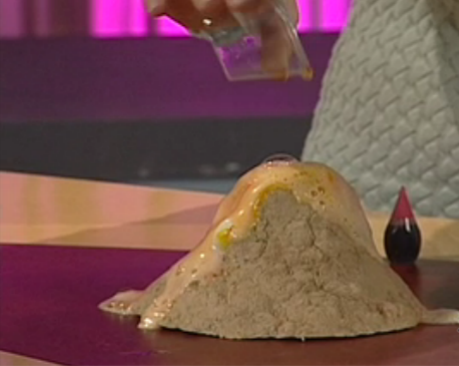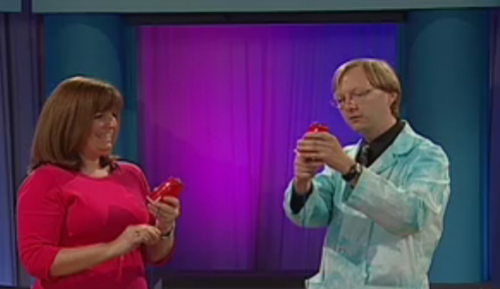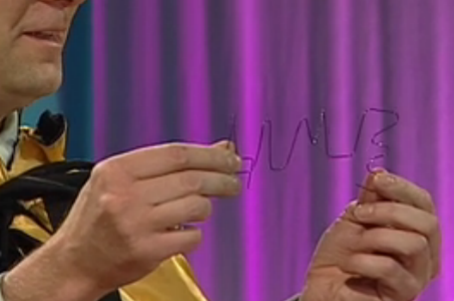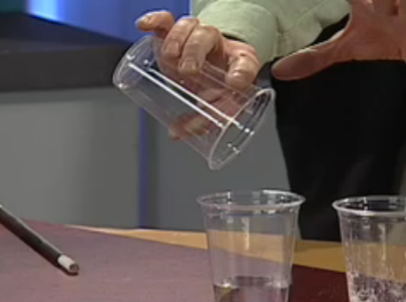Bubbles may very well be the world’s first toy. From sea foam, to hand soap, to those bubbles you blow in your milk, it seems bubbles are part of our daily life. Soap bubbles way be the most fun off all bubbles and they are an inexpensive and limitless way to explore our bubbly world.
For years bubbleologists have perfected the solution for the longest-lasting and most durable bubbles. Perhaps the person who has studied the science of bubbles the most, is Keith Michael Johnson. And he recently shared his unlikely TOP-SECRET formula for the best bubble solution…
You will need:
Water – many bubble enthusiasts are convinced that distilled water makes the best bubbles
Liquid dish soap. Dawn dish soap has always been a favorite
SurgiLube (available at medical supply stores) or K-Y Jelly (available at pharmacies)
A clean plastic bottle to hold your bubble solution
What to do
Simply pour all three ingredients into the bottle in the following ratio:
12 parts water
1 part dish soap
1/2 part SurgiLube
For example you would start with 12 ounces of water, add 1 ounce of liquid dish soap, and 1/2 ounce of SurgiLube. You can increase the amounts equally to make more.
Shake the ingredients up well (don’t worry, the bubbles from shaking will go away)
For best results, allow the bubble solution to sit overnight. Then you’re ready to go!
How do bubbles work?
Every soap bubble is made of a film that has 3 layers: Soap, then Water, then Soap. Because of the way that soap molecules are arranged, and the way they attract and repel from each other and the water, the soap creates bonds that give the water additional strength, and allow them them to last much longer. Bubbles will always be round when they are floating because the elastic nature of the soap bubbles allows air pressure to push equally on the entire surface of the bubble forming a sphere.
Bubble fun:
You do not need bubble wands from the store to make bubbles. Simply dipping your hand in bubble solution and making a circle with your fingers makes a great bubble wand. Straws, plastic strawberry containers, fly swatters, and aquarium nets make great bubble wands.
To make foamy bubbles, use a rubber band to secure a piece on cotton cloth over the end of a small section of plastic pipe. Soak the cloth in the bubble solution and blow from the other end.
Pour a small amount of bubble solution onto a clean counter top and spread it out. Use a straw to blow a dome-bubble on the counter top. Keep blowing into the bubble to make it bigger and bigger. With some practice, you can get a bubble dome as big as a dinner plate!
